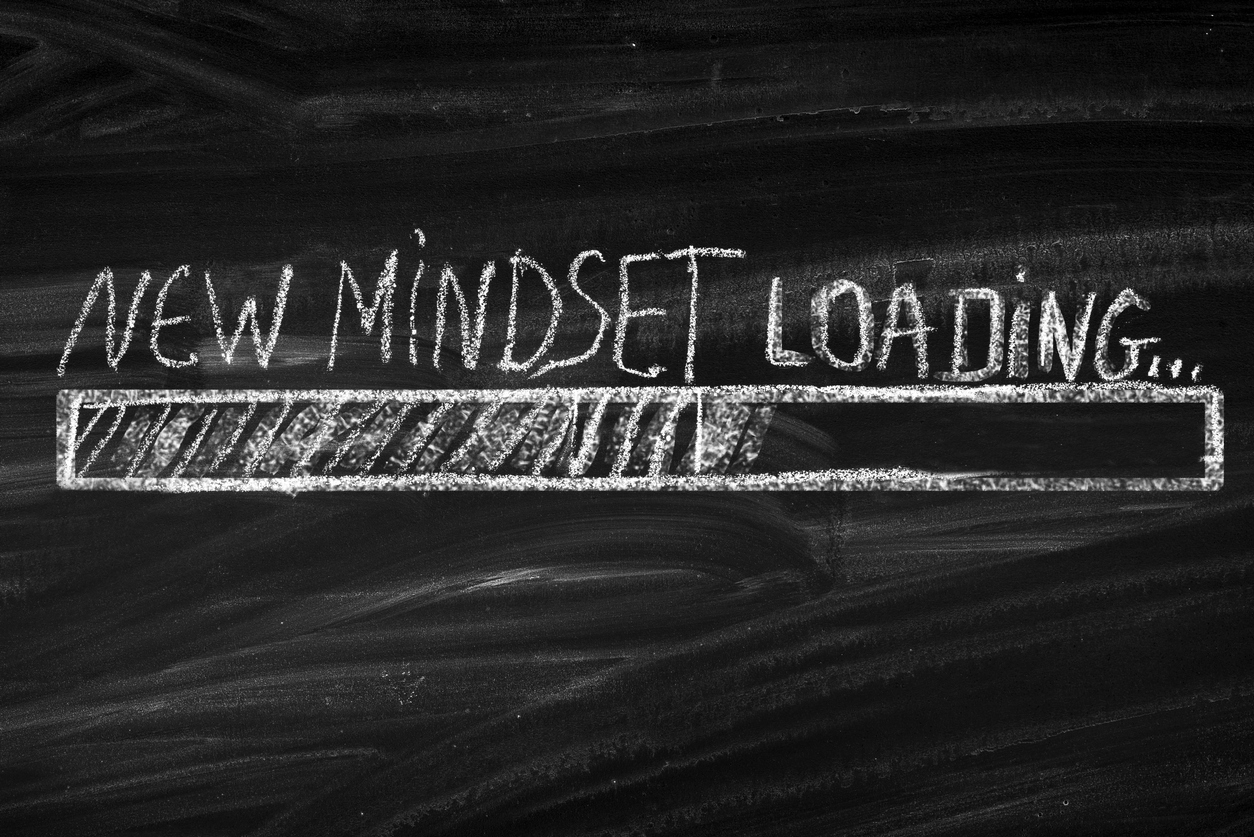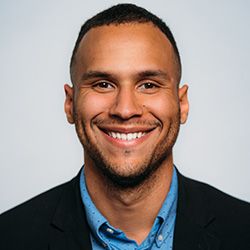
This past week of business coaching has been an interesting one due to the fact that I found myself in a week of intense self-reflection. Typically I strive to be at least 2% percent better every single day, but that drive was turned up to eleven after the business coaching team was given a special reading assignment. We were all asked to read through Rich Habits by Thomas Corley and to give examples of important things we learned. We were also challenged to identify which habits we currently were not implementing and find ways to start introducing these habits into our everyday lives. Thomas Corley’s book provides daily habits of successful people that if implemented correctly can make anyone successful. Needless to say I was pretty excited to begin reading this book. I picked up a copy as well as purchased the audiobook. Yes, that’s how I read business books… Don’t you sit there and judge me like that. Jason’s personal hack to reading business books: Listen to the audiobook in tandem with reading the physical copy to optimize understanding of the core concepts and lessons. Most business books contain so much important information they warrant a second or third read to fully understand them. As I began the audiobook on my drive home from Thrive I eagerly awaited the knowledge bombs I was promised. After the first 10 minutes though, I was one hundred percent convinced I had purchased the wrong book. The book begins with stories of individuals that each experienced hardships. Which is fine I suppose, but I realized the point here was to show how each of these individuals improved their lives by adopting the habits of the successful people around them. As I worked my way through the book further I started to realize something important. With each new habit I consumed I was finding that I either wasn’t implementing a specific point or if I already was I hadn’t refined the process well enough yet. After rereading the habits for a second time I decided to pick two to focus on.
You might be asking yourself, “Self, whatever habits did our dear friend Jason decide to work on?”. Great question. After spending copious amounts of meta time on these ideas, I focused on the following:
- Defining personal strengths and weaknesses
- Good Habits vs Bad Habits
The first habit was by far the hardest for me to grasp at the start. Corley states how important it is for a successful person to know exactly what their strengths and weaknesses are. Without knowing these limiting factors it is impossible to grow or improve. Well Mr. Corley, that’s easier said than done. The process of defining my strengths and weaknesses seemed like an exercise in futility. I stared down at my notepad for what felt like an hour thinking, “Why is this so hard?”. Shouldn’t it be easy to define what I’m doing well and what areas I can improve in? One would think… But I found being my own worst critic was halting my productivity. So I decided to seek an outsider’s perspective. I wanted to see how a successful person would rank me in these two areas so I enlisted the assistance of one of my business coaching mentors. I simply asked what he thought were one of my best strengths and one of my greatest weaknesses. Without missing a beat, he turned to me and said, “Your biggest weakness is a lack of a perceived sense of urgency. But one of your strengths is that you genuinely care. The issue between the two is getting people to realize you care earlier.” I greatly appreciated the feedback and it was actually very helpful for me to hear what somebody else identified as a weakness in me. I made myself a note at the top of my clipboard right then and there that read “Get off your A** and start kicking more A**”. Now that I am aware of at least one of my strengths and weaknesses I am actually able to define why it is that I am weak or strong in those areas. Knowing where to start gave me the ability to begin strategizing on how to my next course of actions can better cater to each of these fields. Now if you look at the top of my to-do list each and every day you’ll see how I am counting my weakness. I’ve added “Accountable, Intense, Precise, Urgent, and A** Kicker” to the top of each daily to-do list in order to remind me of what I’m fighting against daily. Through implementation, it is my goal to turn this weakness into a strength, and the next time I ask what my weaknesses are it will no longer be a concern.
Now that I am aware of at least one of my strengths and weaknesses I am actually able to define why it is that I am weak or strong in those areas.
Another powerful habit I learned is the importance of setting good habit quotas as well as defining bad habits to avoid. Setting a daily goal to complete at least 85% of all good habits, and to avoid the identified bad habits altogether. This was an easier process than the previous habit because I had already defined some limiting factors. I started with the bad and quickly discovered some toxic habits that were impeding my daily growth. For instance, I learned that a bad habit I have is taking last-minute meetings or accepting tasks when my schedule is already full. I realized that I have a limited time within my daily and weekly schedule, and that part of the reason I wasn’t growing or able to hit my personal goals was due largely to saying yes to too many non-critical things. Which is kind of ironic because one of my daily good habits is consistently scheduling my daily tasks and action items. So I made the following list to better serve a healthy and successful mindset:
Good Habits
- Wake up every day at the same time
- Listen to a positive and educational podcast or program while driving to work
- Have a plan for every day at least one hour before the day starts
- Drink at least one gallon of water during the workday
- Have blocks in the day to check cell phone (Don’t look at it frequently)
- Over Deliver on every item
- Practice drumming for at least an hour
- Do something nice for the wife
Bad Habits
- Deviate from bed time (Stay up too late)
- Have more than one adult beverage on a work night
- Watch more than one hour of non-educational media
- Engage in negative thinking
- Have disingenuous conversations or interactions
- Consume negative or non-rich habit media during the work day
- Tune into any form of social media
Identifying my strengths and weaknesses as well as good and bad habits that affect my life has taught me a very important lesson this week. If I am to get 2% better each day, I must first know where to begin as well as what behaviors are going to help and hurt that pursuit.

